 /wp-content/uploads/2021/10/fall_solar_sale-495x330-1.png
330
495
Chris Allis
/wp-content/uploads/2021/06/ecomark-solar-logo-with-panel.png
Chris Allis2021-10-27 13:26:042021-11-22 13:33:46Eight Reasons Fall is the Best Time to Order Solar
/wp-content/uploads/2021/10/fall_solar_sale-495x330-1.png
330
495
Chris Allis
/wp-content/uploads/2021/06/ecomark-solar-logo-with-panel.png
Chris Allis2021-10-27 13:26:042021-11-22 13:33:46Eight Reasons Fall is the Best Time to Order SolarGetting your roof ready for solar panels can be an exciting time.
By adding solar panels to your home, you could be increasing your property value while slashing your electricity bills. Moreover, you are becoming more environmentally friendly and decreasing your carbon footprint. However, proper preparation is key for effective rooftop solar panels, so here is a look at what to do.
Inspect Your Roof and Attic
Inspect your roof and attic, or, if possible, have a roofing specialist look at them. These professionals are well equipped to notice potential trouble spots, and the recognition stands to save you trouble now and in the future. In any case, you (or the inspector) should look for mildew and issues such as leaks or stains in the attic or walls. These signs, along with excessive energy bills, may point to poor ventilation. In fact, many attics are improperly ventilated, which can lead to structural damage of a home and shorten the life of a roof. EcoMark Solar’s Roofing division will be happy to send an expert to come make sure your roof is ready for solar.
If you conduct the roof inspection yourself and do not find anything, it may save you headaches down the road to go ahead and hire someone for an official inspection. If your inspection uncovered issues that you are uncertain about, definitely get an inspector on board to find out if you need a new roof.
Consider Roof Replacement
If there are complications from the roof and attic inspection, you may want to replace your roof before adding solar panels. Get in touch with a roofing contractor who will inspect the roof; many times, you can go with the same business for roof inspection and replacement.
It is worth mentioning that when solar panels are installed, people will be walking on your roof and hauling permanent heavyweight panels. This could mean that roof issues that did not seem severe now could manifest themselves later—and become really serious.
The roofing contractor will check whether rooftop solar panels are feasible and will keep an eye out for potential future issues. For example, the age of the roof along with worn tiles may indicate that, while the roof is fine now, odds are high it will need replacement in around three years. In these situations, it is best to replace your roof now rather than to install panels onto a roof that is likely to become ineffective in a few years. For one, the solar contractor would have to reinstall solar panels from the old roof onto the new roof and that costs additional money. Furthermore, having your panels non-operational for one to two weeks will lead to higher electric bills. Overall, it is more convenient to get the work done up front if possible.
The bottom line is that many solar panels last longer than 25 years. A roof, on the other hand, might not make it past 15 or 20 years, although some do have lifespans of 30 years. If your roof already has a few years on it, it might be more sensible for you to replace it now rather than install solar panels only to replace your roof in a few years.
Measure the Area of Your Roof
As you measure the area of your roof, remember to multiply length and height. Portion your roof off into sections, and write down how many sections there are. Measure the largest section first; be sure to include eaves, ridges and valleys in your calculations. When you are finished measuring, add the totals for each section, and then divide the sum by 100. The answer will tell you the necessary amount of squares of roofing material you’ll need.
Ensure Your Roof Is in the Sun
Solar panels need sunlight to work up to their potential. In Denver, the amount of sunlight year-round makes the panels feasible, and for the most part, roof orientation is also a nonissue for residents. What could be problematic, though, is shade. Examine trees that could cast a shadow, and trim or cut branches accordingly.
Rooftop Solar Tips
Here are some attributes your roof should have for optimal solar performance.
- Your roof, ideally, should be flat with a wide-enough surface area. It is possible that a sharply pitched roof could be effective, but a solar panel installer needs to decide that early in the process.
- The average home needs its solar panels to generate about 6.5 kilowatts, so you probably should have 137.5 feet by 81.25 feet of roof space available to fit 25 panels.
- Your roof, if not replaced, would likely benefit from reinforcement. The inspector may have structural recommendations to help strengthen your roof before the solar panel installation takes place.
- Tile type should be a relative nonissue. Some solar contractors prefer to work only on composite shingle, but many companies will gladly install panels on regular wood, Spanish tile and metal roofs. However, you can expect an installation on Spanish tile to take longer than one on composite shingle.
Are you considering adding solar panels to your home? Contact us today so we can get you started as soon as possible!
 /wp-content/uploads/2021/10/fall_solar_sale-495x330-1.png
330
495
Chris Allis
/wp-content/uploads/2021/06/ecomark-solar-logo-with-panel.png
Chris Allis2021-10-27 13:26:042021-11-22 13:33:46Eight Reasons Fall is the Best Time to Order Solar
/wp-content/uploads/2021/10/fall_solar_sale-495x330-1.png
330
495
Chris Allis
/wp-content/uploads/2021/06/ecomark-solar-logo-with-panel.png
Chris Allis2021-10-27 13:26:042021-11-22 13:33:46Eight Reasons Fall is the Best Time to Order Solar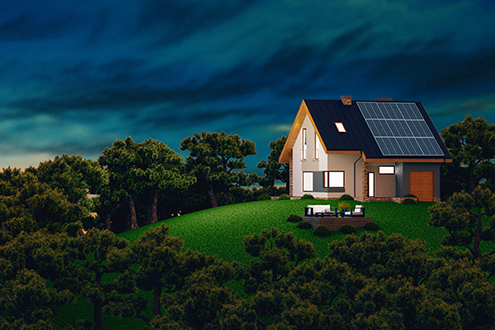
How to Get 10x Value from Your Solar Panel System with Storage
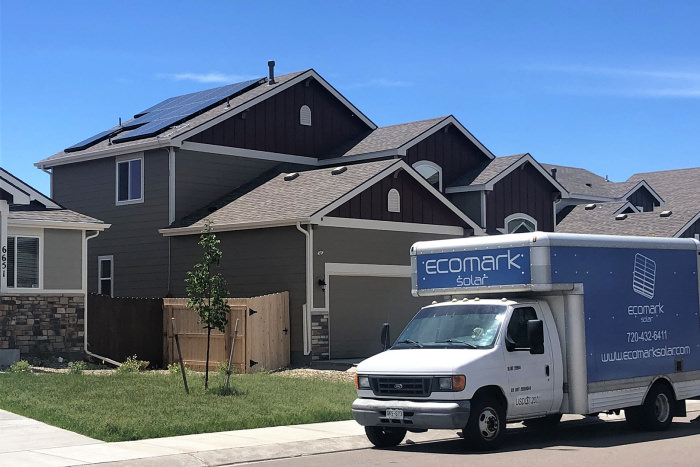
Make Power Outages a Thing of the Past For The Future of Your Home
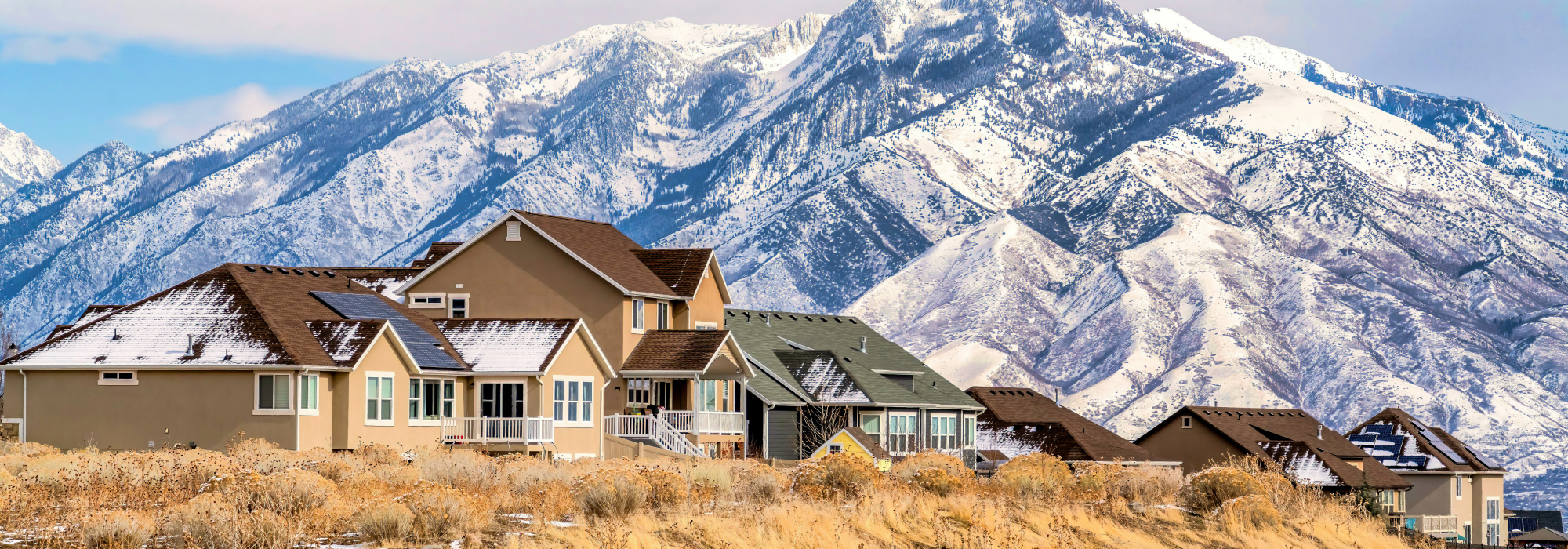 /wp-content/uploads/2021/06/colorado-solar-panels-in-the-rockies.jpg
700
2000
Max Cowles
/wp-content/uploads/2021/06/ecomark-solar-logo-with-panel.png
Max Cowles2021-07-16 17:15:352021-07-20 12:33:024 Things They Don’t Want You to Know About Solar Energy
/wp-content/uploads/2021/06/colorado-solar-panels-in-the-rockies.jpg
700
2000
Max Cowles
/wp-content/uploads/2021/06/ecomark-solar-logo-with-panel.png
Max Cowles2021-07-16 17:15:352021-07-20 12:33:024 Things They Don’t Want You to Know About Solar Energy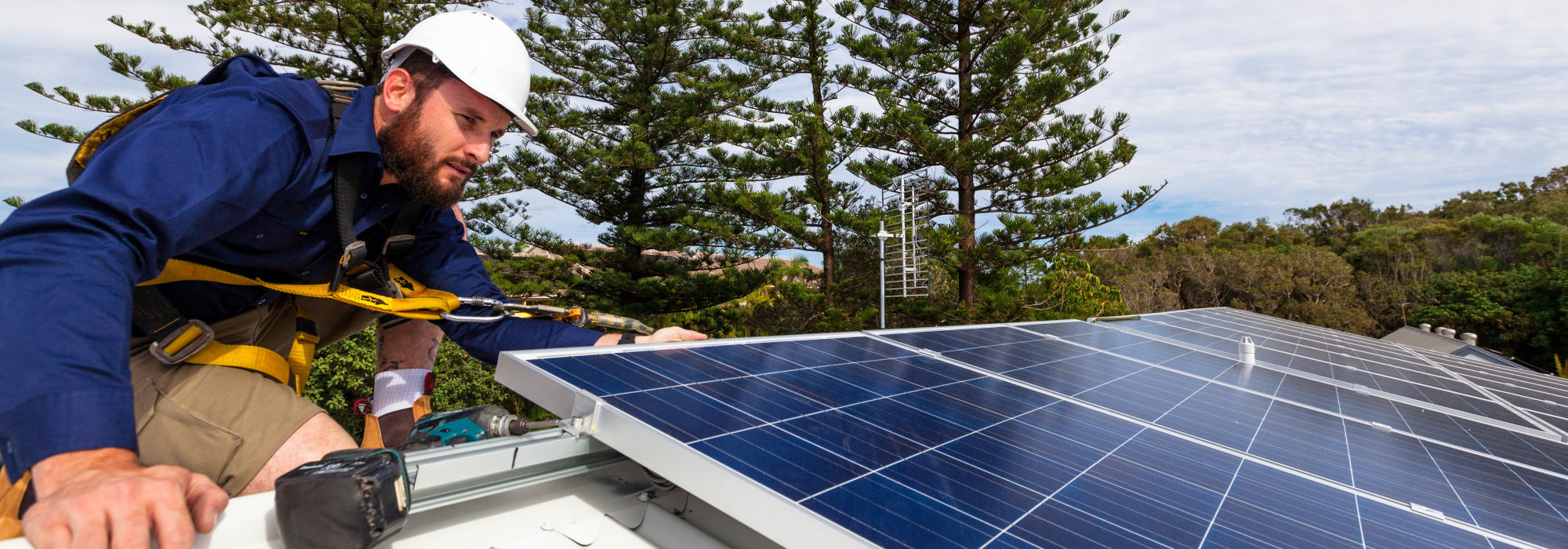 /wp-content/uploads/2021/07/colorado-solar-panel-installation-2000-700.jpg
700
2000
Max Cowles
/wp-content/uploads/2021/06/ecomark-solar-logo-with-panel.png
Max Cowles2021-07-16 16:57:582021-07-21 01:56:43Winter Solar Panel Maintenance Tips
/wp-content/uploads/2021/07/colorado-solar-panel-installation-2000-700.jpg
700
2000
Max Cowles
/wp-content/uploads/2021/06/ecomark-solar-logo-with-panel.png
Max Cowles2021-07-16 16:57:582021-07-21 01:56:43Winter Solar Panel Maintenance Tips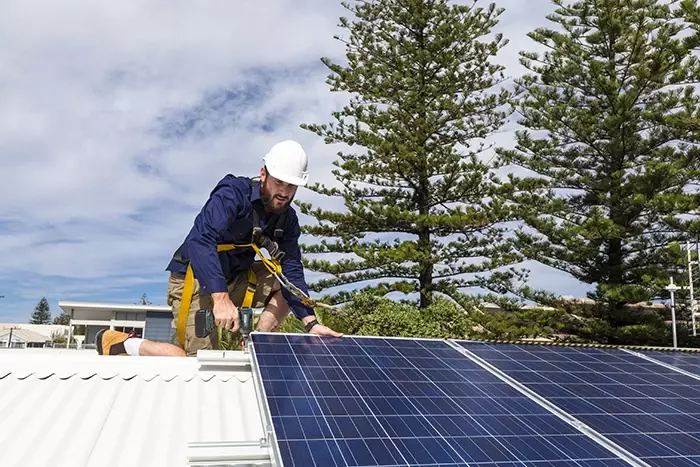 /wp-content/uploads/2021/08/how-solar-panel-installation-works-700x467-1.webp
467
700
Max Cowles
/wp-content/uploads/2021/06/ecomark-solar-logo-with-panel.png
Max Cowles2021-07-16 16:56:042021-08-16 18:48:15What is Net Metering, and How Does it Work?
/wp-content/uploads/2021/08/how-solar-panel-installation-works-700x467-1.webp
467
700
Max Cowles
/wp-content/uploads/2021/06/ecomark-solar-logo-with-panel.png
Max Cowles2021-07-16 16:56:042021-08-16 18:48:15What is Net Metering, and How Does it Work? /wp-content/uploads/2021/07/how-much-does-solar-cost-700467-1.jpg
467
700
Max Cowles
/wp-content/uploads/2021/06/ecomark-solar-logo-with-panel.png
Max Cowles2021-07-16 15:58:452021-07-21 02:30:34What happens when your solar system gets hit by hail?
/wp-content/uploads/2021/07/how-much-does-solar-cost-700467-1.jpg
467
700
Max Cowles
/wp-content/uploads/2021/06/ecomark-solar-logo-with-panel.png
Max Cowles2021-07-16 15:58:452021-07-21 02:30:34What happens when your solar system gets hit by hail?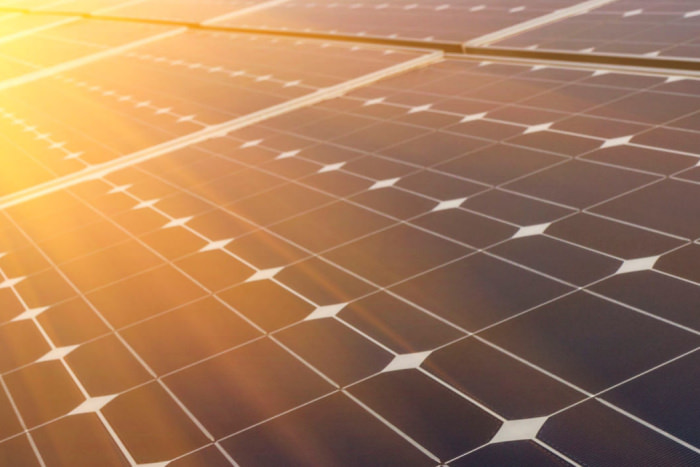 /wp-content/uploads/2021/07/best-solar-panel-installation-products-700467.jpg
467
700
Max Cowles
/wp-content/uploads/2021/06/ecomark-solar-logo-with-panel.png
Max Cowles2021-07-16 15:53:482021-07-21 02:09:17What Are the Financial Incentives for Going Solar?
/wp-content/uploads/2021/07/best-solar-panel-installation-products-700467.jpg
467
700
Max Cowles
/wp-content/uploads/2021/06/ecomark-solar-logo-with-panel.png
Max Cowles2021-07-16 15:53:482021-07-21 02:09:17What Are the Financial Incentives for Going Solar?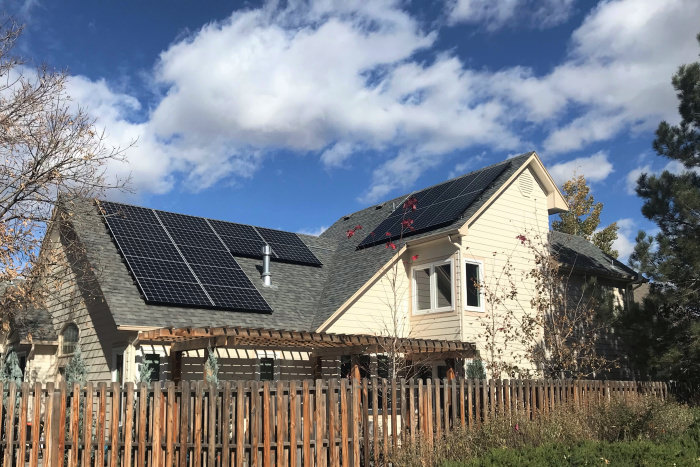 /wp-content/uploads/2021/07/over-3500-installations-in-colorado-700-1.jpg
467
700
Max Cowles
/wp-content/uploads/2021/06/ecomark-solar-logo-with-panel.png
Max Cowles2021-07-16 15:51:492021-07-19 19:42:28What are Micro-Inverters and Optimizers?
/wp-content/uploads/2021/07/over-3500-installations-in-colorado-700-1.jpg
467
700
Max Cowles
/wp-content/uploads/2021/06/ecomark-solar-logo-with-panel.png
Max Cowles2021-07-16 15:51:492021-07-19 19:42:28What are Micro-Inverters and Optimizers?Categories
EcoMark Solar
Corporate Office
4665 Paris Street #300-C
Denver, CO 80239


